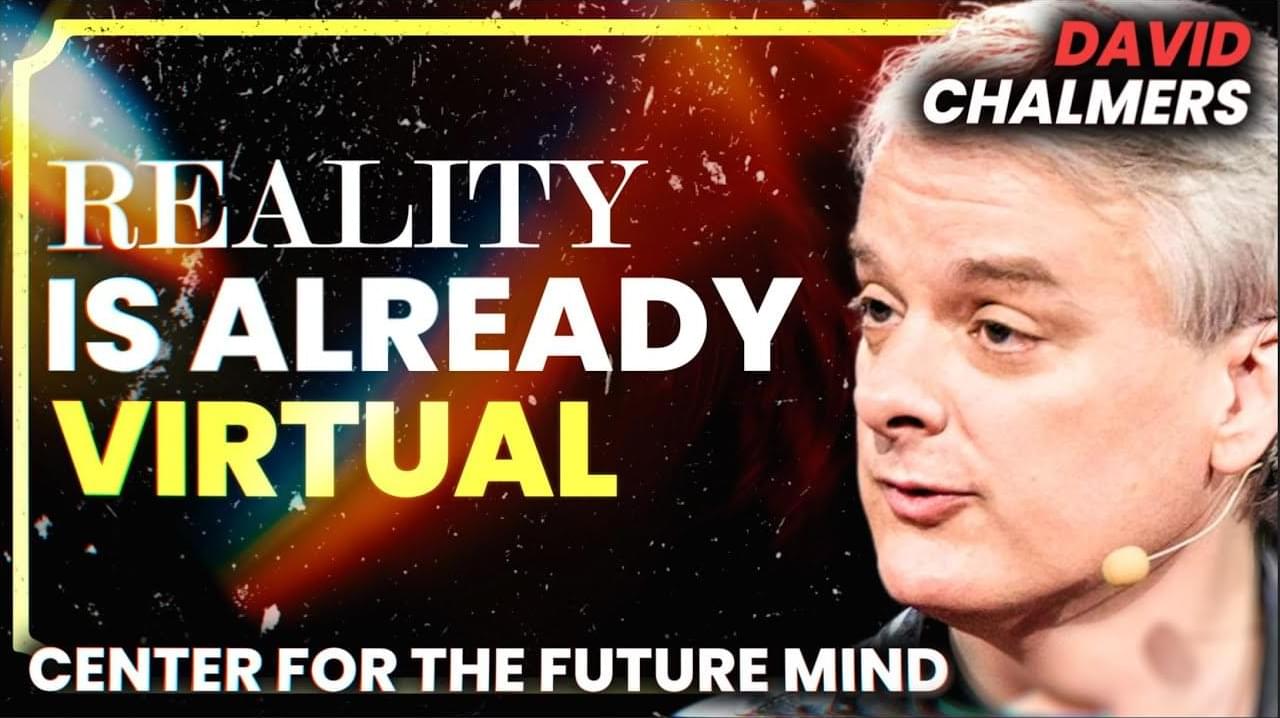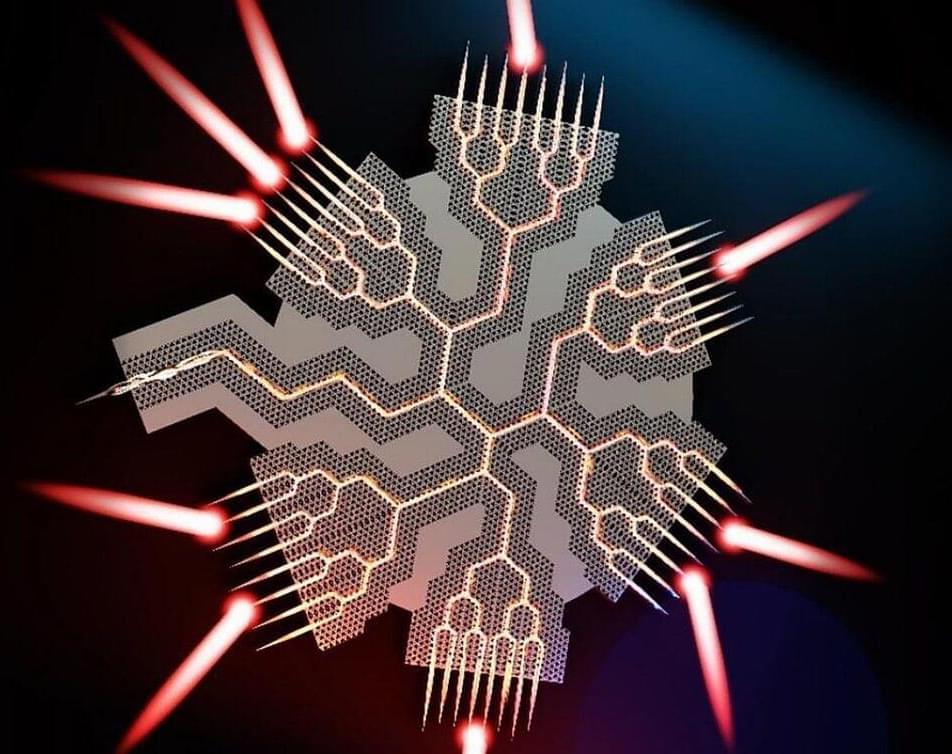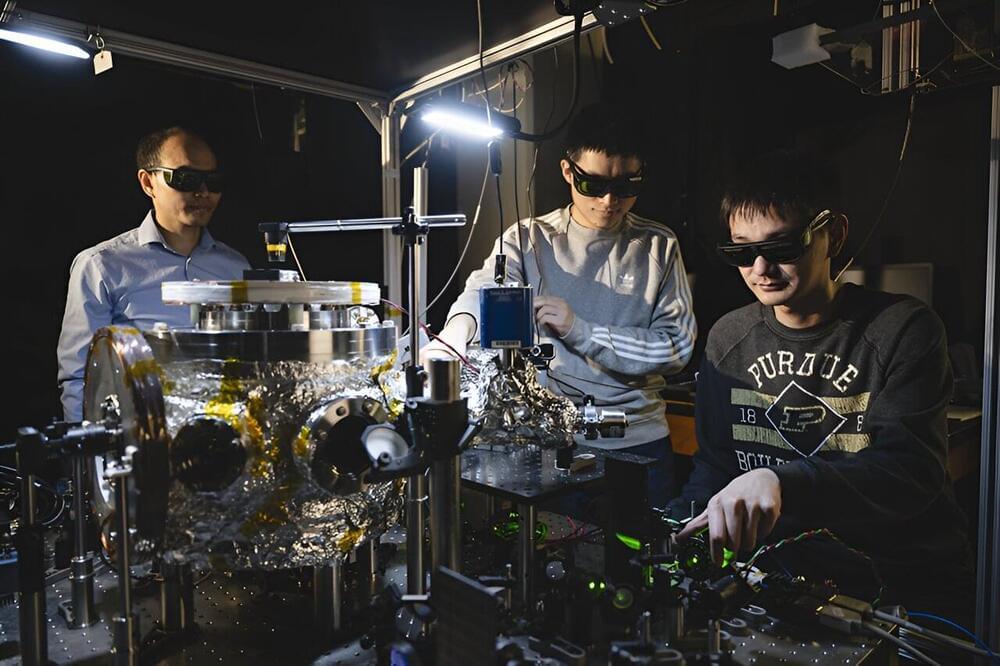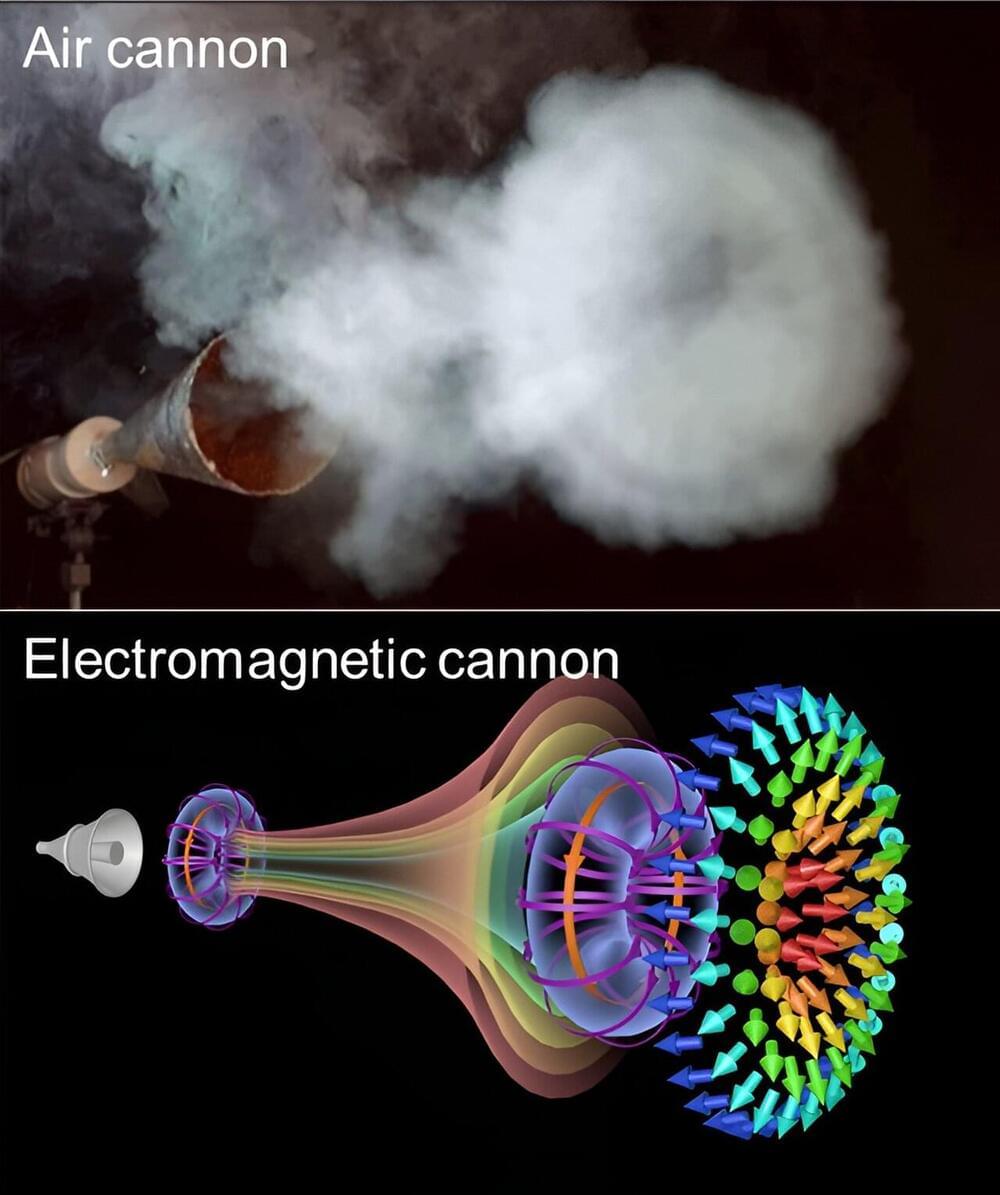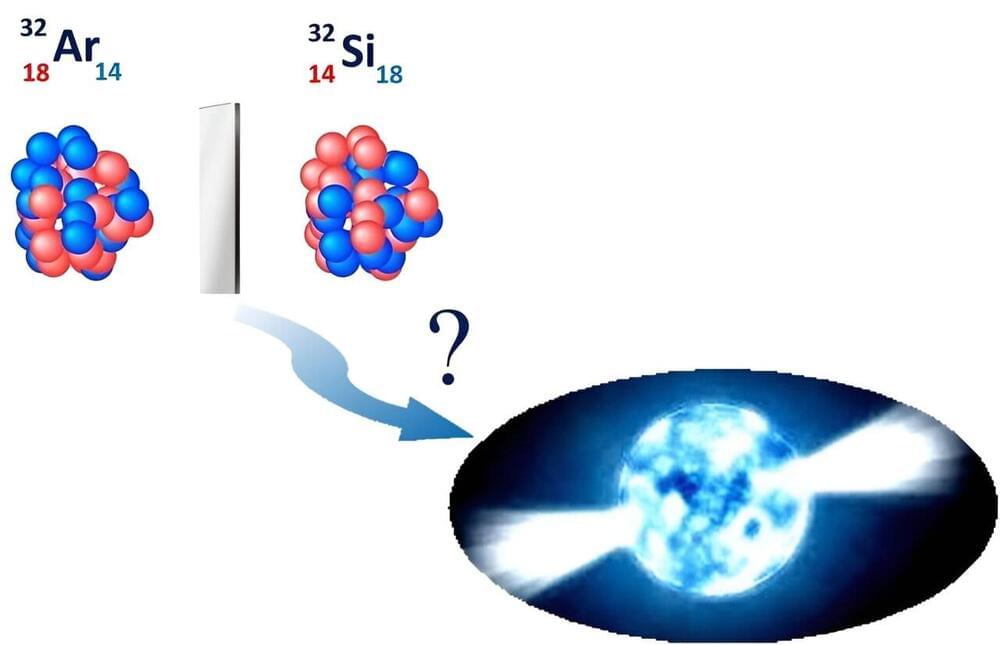Aug 15, 2024
“Virtual Reality Is GENUINE Reality“ | David Chalmers Mindfest Lecture
Posted by Dan Breeden in categories: neuroscience, virtual reality
Philosopher and cognitive scientist David Chalmers explores virtual reality and its implication for our understanding of existence. Chalmers examines the simulation hypothesis, challenging conventional views of reality and suggesting that virtual worlds might be as real and meaningful as the physical world. This is a thought-provoking lecture at MindFest, held at Florida Atlantic University, CENTER FOR THE FUTURE MIND, spearheaded by Susan Schneider.
TIMESTAMPS:
00:00 — Intro.
01:34 — Overview.
11:55 — David’s Central Thesis.
15:55 — Biosim vs. Pure Sim.
18:11 — Imperfect vs. Perfect Simulation.
26:38 — Are Simulations Illusions?
31:29 — It-From-Bit Hypothesis.
36:06 — What Is The Metaverse?
43:58 — Meaning In A Virtual World.
51:49 — Q\&A
01:06:43 — Outro.
Continue reading “‘Virtual Reality Is GENUINE Reality‘ | David Chalmers Mindfest Lecture” »
